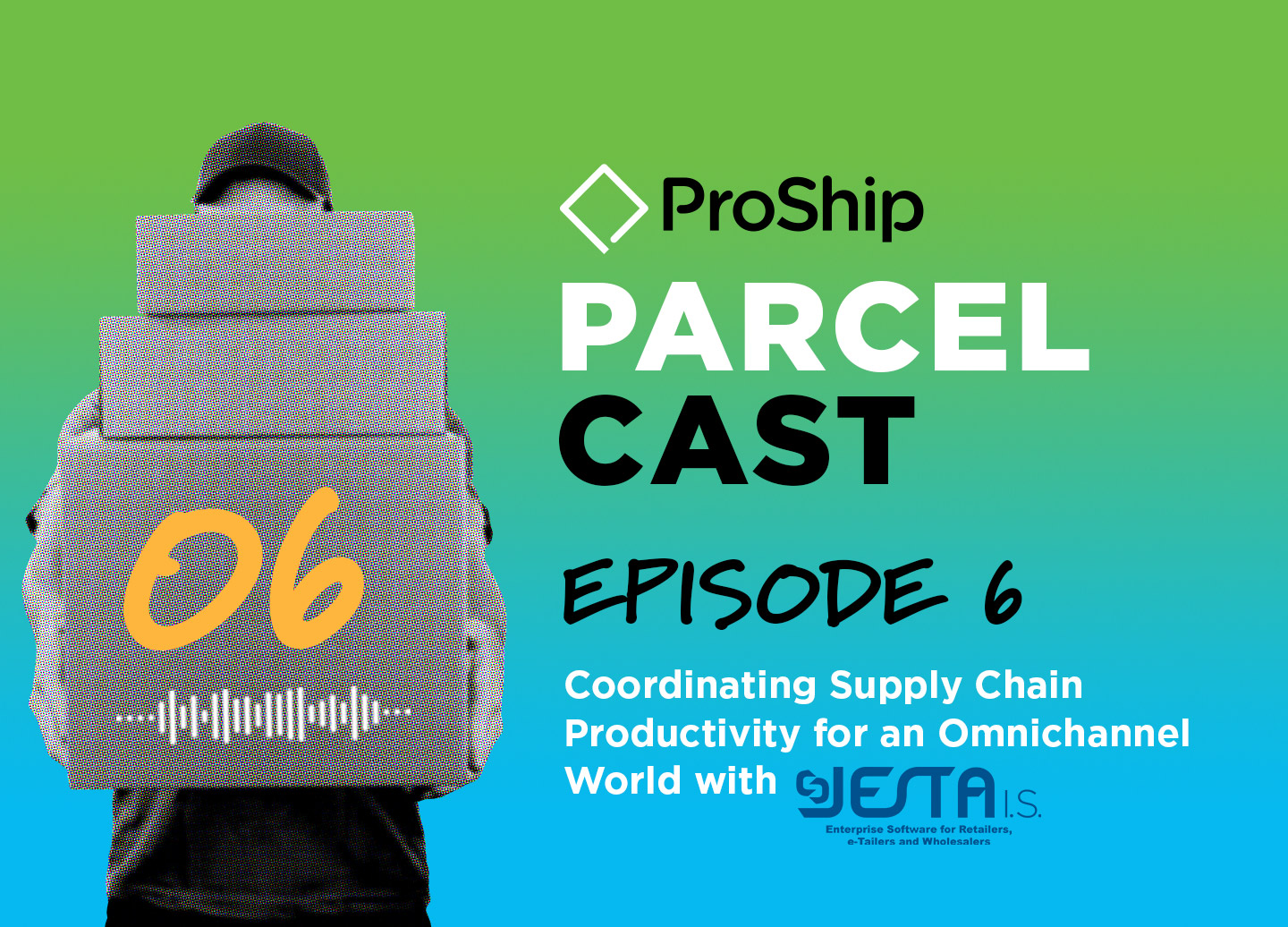Traditional retail stores aren’t getting the foot traffic they once flourished from – what’s your strategy for salvation?
As the pandemic prevents serene indoor shopping, e-commerce parcel delivery is becoming more critical than ever to the consumer’s impression of a retailer. E-commerce companies who once thought they had enough time to implement a more expansive omnichannel fulfillment strategy are now realizing that if they delay any longer, they risk losing sales now and into the future.
Today’s play for omnichannel fulfillment perfection has never been more competitive as retailers scramble to find ways to optimize their distribution centers and utilize drop shipping, third-party logistics partners and most importantly, their own stores for e-commerce fulfillment. Retailers that either already had a ship-from-store strategy in place – or rapidly worked with their point-of-sale (POS), multi-carrier shipping software and other logistics providers to put it in place – have been able to continue to move in-season product, keep employees working and become the “go-to” for their customers. The retailers who’ve taken a more lax approach to ship-from-store are sitting on inventory, furloughing workers and watching their customers shop with retailers who’ve excelled in terms of inventory and delivery speed.
The Rise of the “Dark Store”
As stated before, traditional retail stores aren’t getting the foot traffic they once flourished from. This can be from a variety of reasons, some new and some well-known. For instance, stores are now suffering from mandatory closures, public fear and safety concerns due to COVID restrictions. They also are being affected by the transition of traditional store-only shoppers who’ve been moving towards the convenience of online shopping. Case in point? Stores need a more useful purpose to continue to be successful. Enter the “dark store”.
Traditional retail stores that have been repurposed as local fulfillment centers are called dark stores. For instance, stores can have any of the following on or off:
- Open to customer foot traffic
- Open for BOPIS/Curbside pickup
- Ship-from-Store
If the store turns the first two to “off”, that creates a “dark store.” Please note that you don’t have to convert all your stores to dark stores or turn the first two options off in order to have a ship-from-store strategy. You may still have stores that do all three! For each store you consider implementing as a shipping origin, ask yourself: do I want customers to still be able to browse? Should I offer BOPIS/Curbside Pick-Up? How much shipping do I want to do out of this store? What level of shipping expertise will employees need training on? This will determine if you’ll turn the store completely into a warehouse (dark store) or just add additional omnichannel fulfillment features.
Along with the obvious benefits of the ship-from-store strategy, such as faster delivery times to consumers and decreased shipping costs, retailers who implement ship-from-store with proper safety measures can continue to move inventory before it ages out of season. With so many other retailers unable to touch their store inventory during most lockdowns, this puts a strain on what they can sell. So even though a retailer has the inventory, they cannot actually offer it to customers and have to wait for traditional replenishment to warehouses. This recently happened to a prominent fabric retailer where they could sell their sewing machines and fabric at top dollar, but during the lockdown phase, they had thousands of machines and millions of yards of fabric and other consumables within their stores unable to be moved. The outcome? Consumers looked elsewhere.
Of course, this is easier for some more than others. Larger department stores can most easily create dark stores (or ship-from-store in general) due to having their own doc doors and proper warehouse space. Also, strip malls and pedestrian malls, where each store has their own separate entrance and exit for both employees and goods, have been allowed to ship with minimal issue. In fact, in the first phases of the lockdown being lifted, these types of stores moved immediately to BOPUS/curb-side pickup, a crowd-pleaser. However traditional malls, where both personnel and consumers are expected to come in through the normal entrances, wouldn’t be great candidates for a dark store/ship-from-store strategy.
Even without the pandemic, ship-from-store was already increasingly becoming an important omnichannel fulfillment option as customers continue to demand convenience. If you’re one of the retailers looking to bolster their ship-from-store strategy and better position themselves to compete in the e-commerce world, make sure you understand some starter tips:
ProShip Insider-Tips for Utilizing Stores for Omnichannel FulFillment
- Figure out if you want to implement ship-from-store (but still allow foot traffic) or totally convert some of your stores to dark stores. This mix can be different for everyone, and you’ll have to calculate what would be most beneficial for your customers (the need for in-store shopping vs. faster direct-to-consumer e-commerce delivery).
- Black box the shipping process. Don’t give your store employees yet another user interface to understand. If possible, enable shipping from within your POS software.
- Maxing out your carrier capacity? Onboard new carriers for certain markets to keep up with a large e-commerce demand and the possible historic peak that we will see in 2020. Use Carrier Volume Balancing, leveraging rate shop groups to help prevent quota violations.
- Utilize technology that makes it easy for logistics personnel to add and delete a store’s shipping capabilities, as well as register and setup the location with key carriers.
- Figure out your returns process. Are returns going to go back to the nearest store or to a distribution center?
Need help starting, fixing or boosting your ship-from-store strategy or interested in learning more about converting dark stores? Contact our expert team for advice!
ProShip content you might also like…

 Back to Blog
Back to Blog






